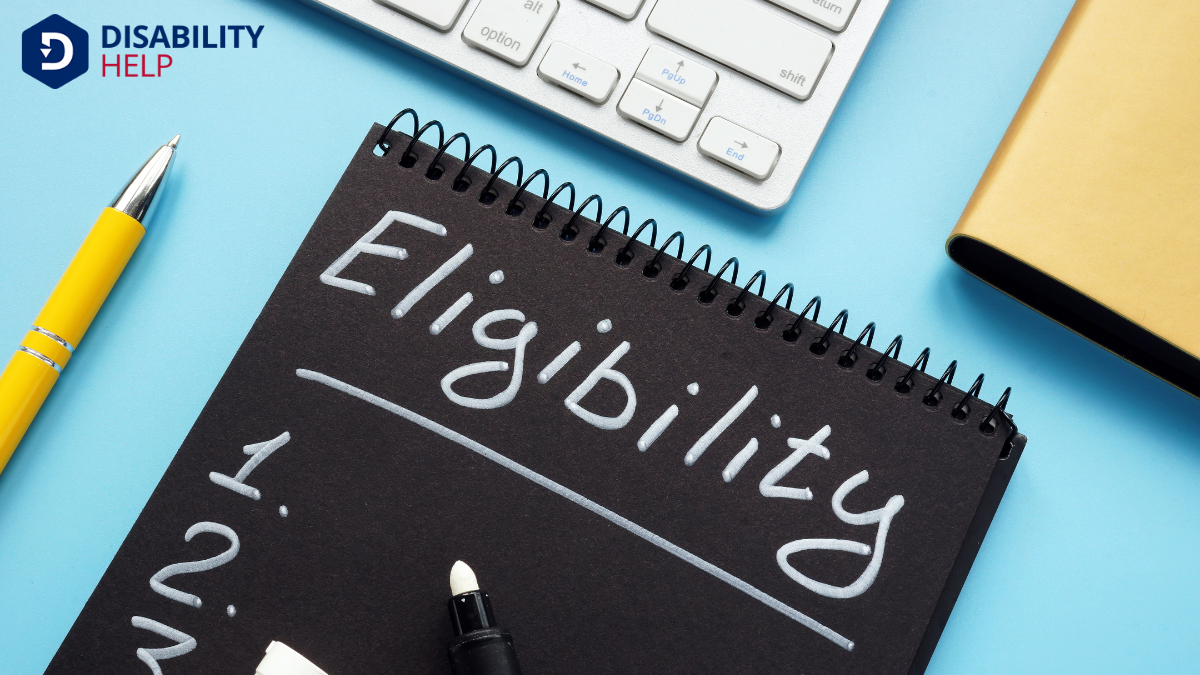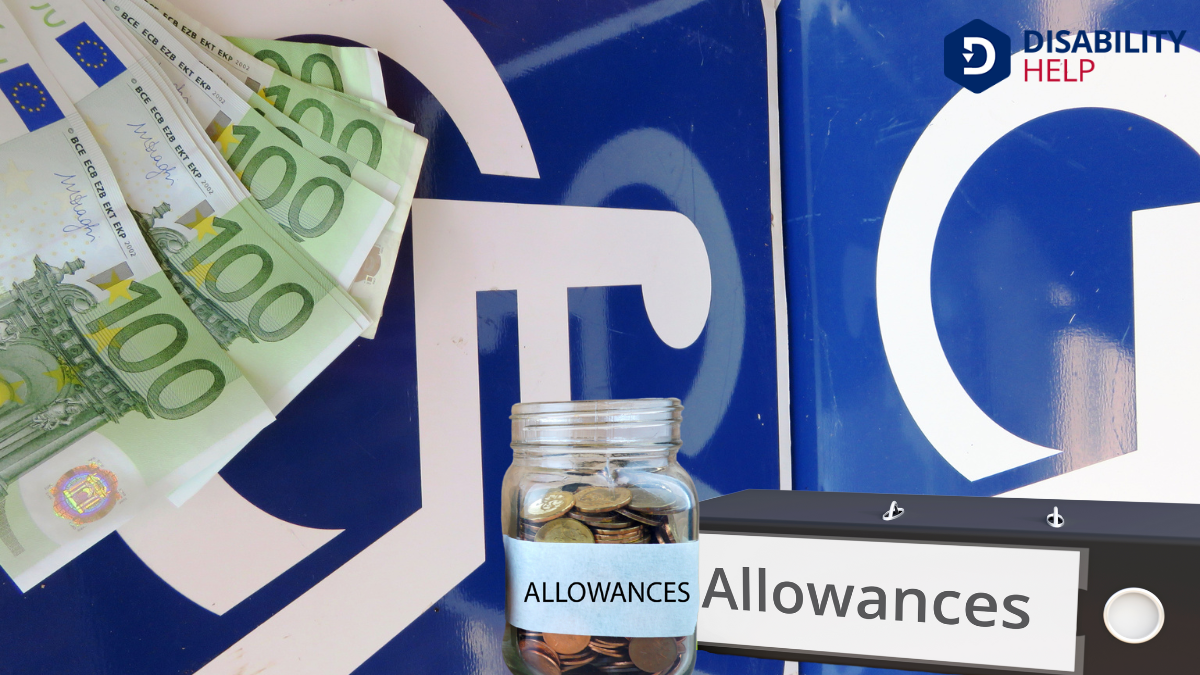Let's explore how we can qualify for a mobility allowance to help with vehicle expenses. We'll need to take into account our eligibility by examining if our mobility challenges meet the necessary criteria and if our financial situation aligns with the specified thresholds. Gathering the right documentation and understanding the application process are essential steps. By maneuvering through these requirements carefully, we can improve our chances of securing the support we need. Curious about the specific steps involved?
Key Takeaways
- Verify you have a significant and permanent disability with documentation from healthcare providers confirming mobility limitations.
- Ensure your household income and assets are below established thresholds for financial need.
- Gather accurate and current financial documents, including pay stubs, to meet income eligibility criteria.
- Complete the correct application forms, providing proof of disability and income statements, and meet any local residency requirements.
- Prepare a concise personal statement explaining your need for the allowance and how it impacts your daily life.
Understanding Mobility Allowances
Although traversing the world of financial assistance can seem intimidating, understanding mobility allowances is vital for those who need support with transportation costs. Mobility allowances help individuals cover expenses related to their vehicle usage, ensuring they can maintain independence despite financial constraints.
We often find ourselves maneuvering complex systems to seek such support, but a clear grasp of how mobility allowances work simplifies the process.
These allowances typically cover costs like fuel, vehicle maintenance, and sometimes even insurance. By easing these financial burdens, they allow us to focus on what truly matters: getting where we need to go efficiently and safely.
Determining Eligibility Criteria

Let's explore how income and asset limits, along with disability and health requirements, determine our eligibility for a mobility allowance.
First, we'll examine how financial thresholds can affect qualification.
Then, we'll look at how specific health conditions and disabilities play a vital role in meeting the criteria.
Income and Asset Limits
When determining eligibility for a mobility allowance, understanding income and asset limits is vital. These limits help guarantee that assistance goes to those who need it most.
We understand it can be confusing, but let's break it down. Generally, your income shouldn't exceed a specific threshold, which varies depending on your household size and location. Assets, like savings or property (excluding your primary residence), are also considered.
It's essential to provide accurate information on both fronts to avoid delays in processing your application. By staying informed and organized, we can navigate these requirements more easily.
Disability and Health Requirements
Now that we've got a handle on income and asset limits, it's important to focus on the disability and health requirements that play a significant role in determining eligibility for a mobility allowance.
To qualify, we need to demonstrate a significant and permanent disability that impacts our ability to move independently. This often requires documentation from a healthcare provider, confirming our condition substantially limits mobility.
It's vital that these documents clearly outline how our disability affects daily activities and transportation needs. Additionally, some programs might assess our general health to guarantee the allowance will genuinely enhance our mobility.
Let's make sure we gather accurate medical evidence and understand how it aligns with program requirements, so we can confidently pursue the support we need.
Evaluating Income Thresholds
While maneuvering through the process of qualifying for a mobility allowance, understanding income thresholds is an essential step.
Let's explore how income affects our eligibility. Income thresholds are set to guarantee that assistance reaches those who need it most. We need to evaluate our household income against these limits, which vary depending on family size and location.
It's vital to gather accurate financial documents, such as pay stubs and tax returns, to present a true picture of our earnings. Staying informed about any changes in these thresholds helps us remain eligible.
If we find our income slightly over the limit, exploring allowable deductions might help. By understanding and managing our income details, we enhance our chances of qualifying.
Medical Assessments and Documentation
After evaluating our income thresholds, we turn our attention to medical assessments and documentation, another key factor in qualifying for a mobility allowance.
It's essential to provide accurate and thorough medical records, as they substantiate our need for assistance.
Here's how we can approach this:
- Consult a Healthcare Professional: Schedule a visit with your doctor to discuss your mobility issues and the impact on daily activities.
- Obtain Medical Reports: Request detailed reports or letters from your healthcare provider that outline your condition and its effects on mobility.
- Gather Supporting Documents: Include any relevant tests, diagnoses, or treatment plans that further explain your situation.
- Keep Records Updated: Regularly update your documentation to reflect any changes in your condition or treatment.
Following these steps guarantees we're well-prepared.
Exploring Different Types of Allowances

When considering the various types of allowances available, it's vital to comprehend how each one can specifically support our mobility needs. We might explore options like the Disability Living Allowance, which aids with vehicle expenses for eligible individuals.
Alternatively, the Personal Independence Payment can offer support, depending on our circumstances. Each allowance has different criteria and benefits, so it's important we grasp these details to make informed decisions.
Mobility allowances can cover a range of vehicle-related expenses, such as adaptations, maintenance, or even leasing a new vehicle.
Application Process and Required Forms
Understanding the application process for a mobility allowance is essential for guaranteeing we receive the support we need.
Let's break it down together. First, we'll need to gather all necessary documentation. This typically includes proof of our disability, income statements, and vehicle-related expenses.
Next, we should complete the specific forms required by the relevant authority. Here's a simple guide:
- Identify the right forms: Check the official website or contact the agencyThe capacity of individuals with disabilities to act independently and make their own choices. for the correct application forms.
- Gather necessary documents: Collect evidence such as medical certifications and financial statements.
- Fill out the application accurately: Guarantee all sections are completed truthfully and legibly.
- Submit the application: Follow instructions for submission, whether online or via mail.
Tips for a Successful Application
Let's guarantee our application for a mobility allowance stands out by gathering all necessary documentation early.
We should clearly highlight how we meet the eligibility criteria, making it easy for reviewers to see our qualifications.
Crafting a strong personal statement that showcases our unique circumstances and needs will further strengthen our case.
Gather Necessary Documentation
As we commence on the journey to secure a mobility allowance, gathering the necessary documentation is essential for a successful application.
Let's guarantee we've everything in order to avoid delays or rejections.
Here's a checklist to guide us:
- Proof of Identity: A government-issued ID, such as a driver's license or passport, helps verify who we are.
- Proof of Residency: A recent utility bill or lease agreement confirms our current living situation.
- Medical Documentation: A letter from a healthcare provider detailing our mobility challenges and needs.
- Vehicle Information: If applying for vehicle-related expenses, have registration and insurance documents ready.
Highlight Eligibility Criteria
With our documentation in hand, we can now focus on meeting the eligibility criteria for a mobility allowance.
First, let's ascertain that we've a valid medical condition that impacts our mobility. This condition needs to be certified by a healthcare professional.
Next, verify that our vehicle expenses relate directly to enhancing our mobility, like modifications or specialized equipment.
We should also confirm that our income level falls within the program's specified limits, as financial need is often a consideration.
Finally, we'll want to check if there's a residency requirement; typically, applicants must reside in the area offering the allowance.
Prepare Strong Personal Statement
Crafting a compelling personal statement can greatly enhance our application for a mobility allowance. It offers a unique opportunity to present our situation clearly and persuasively.
To guarantee our statement stands out, let's focus on these key elements:
- Be Specific: Clearly explain our need for a mobility allowance, highlighting specific circumstances and how it will impact our daily life.
- Show Evidence: Include relevant documents or examples that support our claims, demonstrating the legitimacy of our request.
- Be Honest: Authenticity is essential. We should share our story honestly while maintaining a respectful tone.
- Stay Concise: Keep our statement focused and to the point, avoiding unnecessary details that may detract from our main message.
Resources for Additional Support

Charting the path to securing a mobility allowance can be challenging, but there are numerous resources available to provide additional support.
We can start by reaching out to local government offices, where staff can guide us through eligibility criteria and application processes. Nonprofit organizations, like those focusing on disability rightsThe legal and human rights afforded to individuals with disabilities, often the focus of advocacy an..., often offer workshops and one-on-one assistance to navigate the paperwork.
Online forums and community groups are invaluable for sharing experiences and advice. Here, people who've successfully qualified can offer insights we mightn't find elsewhere.
Additionally, contacting our healthcare providers can help us obtain necessary documentation or assessments to strengthen our application.
Conclusion
In steering the journey to secure a mobility allowance for vehicle expenses, we must be diligent and exhaustive. By understanding the eligibility criteria, evaluating our income, and gathering detailed medical documentation, we position ourselves for success. Let's not forget the importance of accurately completing the necessary forms and seeking local resources for guidance. With careful preparation and persistence, we can confidently submit our application and work towards obtaining the support we need to enhance our mobility.






